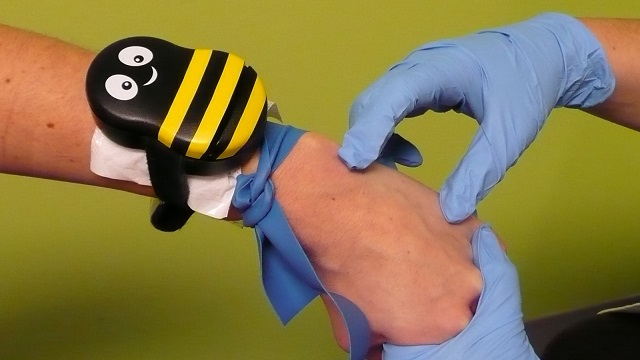The Difference Between Linear and Exponential Thinking

As humans we evolved on this planet over the last hundreds of thousands of years in an environment that I would call local and linear. It was a local and linear environment because the only things that affected you as you were growing up on the plains of Africa was what was in a day’s walk. It was local to you. Something would happen on the other side of the planet 100,000 years ago you wouldn’t even know. It was linear in that the life of your great grandparents, your grandparents, you, your kids, their kids, nothing changed generation to generation. It was pretty much the same. You used the same stone tools. You ate the same animals. You pretty much lived in the same place.
Today we’re living in a world that is exponential and global. Something happens in China or Korea, it affects you in Manhattan literally minutes later, through stock prices, news, whatever it might be. That’s a global planet we’re living on. The life of your grandparents, your parents, you, your kids is extraordinarily different in every possible way and we know this from going to Best Buy and finding a computer that is twice as fast or four times as fast for the same dollars as you bought it a year or two ago. So we’re living in a world that’s exponential in that regard.
To give a visualization of this, if I were to take 30 linear steps, it would be one, two, three, four, five. After 30 linear steps I’d end up 30 paces or 30 meters away and all of us could pretty much point to where 30 paces away would be. But if I said to you take 30 exponential steps, one, two, four, eight, sixteen, thirty-two and said where would you end up? Very few people would say a billion meters away, which is twenty-six times around the planet.
That’s the difference between our ability to project linearly and project exponentially. It’s what’s really causing disruptive stress because as humans we think linearly, but the world is changing exponentially. So a CEO in a company like Kodak or a company in the newspaper industries or the record industry doesn’t see the exponential technology coming out of right field and can put them out of business. Meanwhile you have companies going from zero to billions of dollars of valuation in 16, 18, 24 months that are growing in exponential curves.
In Their Own Words is recorded in Big Think’s studio.
Image courtesy of Shutterstock.





